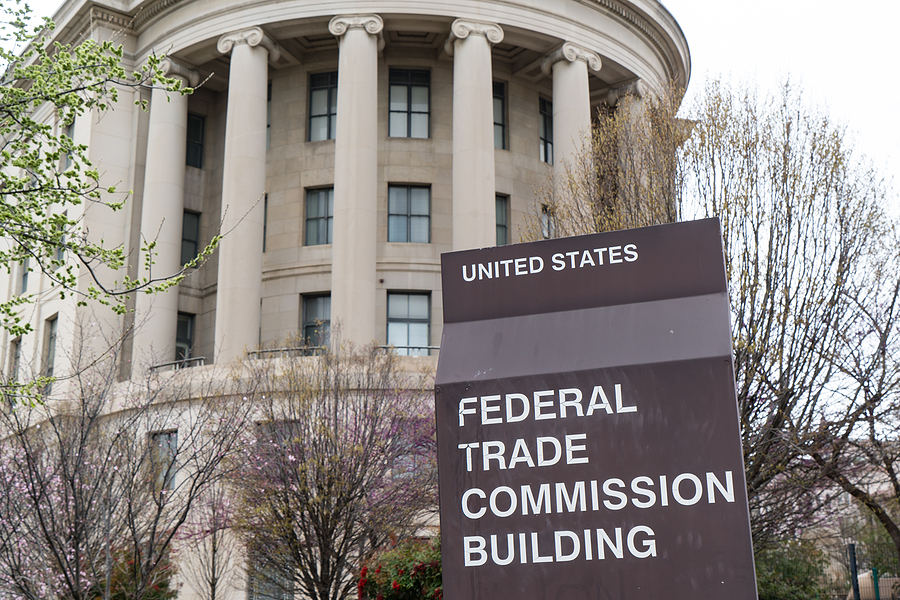
Subscriber Disputes and Chargebacks: What Subscription Businesses Need to Know
As part of our “Best of Subscription Show” members-only series, we’ll look back at some of our most popular speakers and sessions and share key takeaways that show why this information remains relevant and how you can use it to grow your subscription business or inform your decision making. In this article, Chris Marchand, VP of Business Development at Verifi, and Sharon Gross, Director of Client Success at Paul Larsen Consulting, share insight on the changing nature of fraud and how subscriptio...
HELLO!
This premium article is exclusively reserved for Subscription Insider PRO members.
Want access to premium member-only content like this article? Plus, conference discounts and other benefits? We deliver the information you need, for improved decision-making, skills, and subscription business profitability. Check out these membership options!
Learn more about Subscription Insider PRO memberships!
Already a Subscription Insider PRO Member?
Please Log-In Here!
- Filed in Payment Processing, Start Here, Subscriber Only









